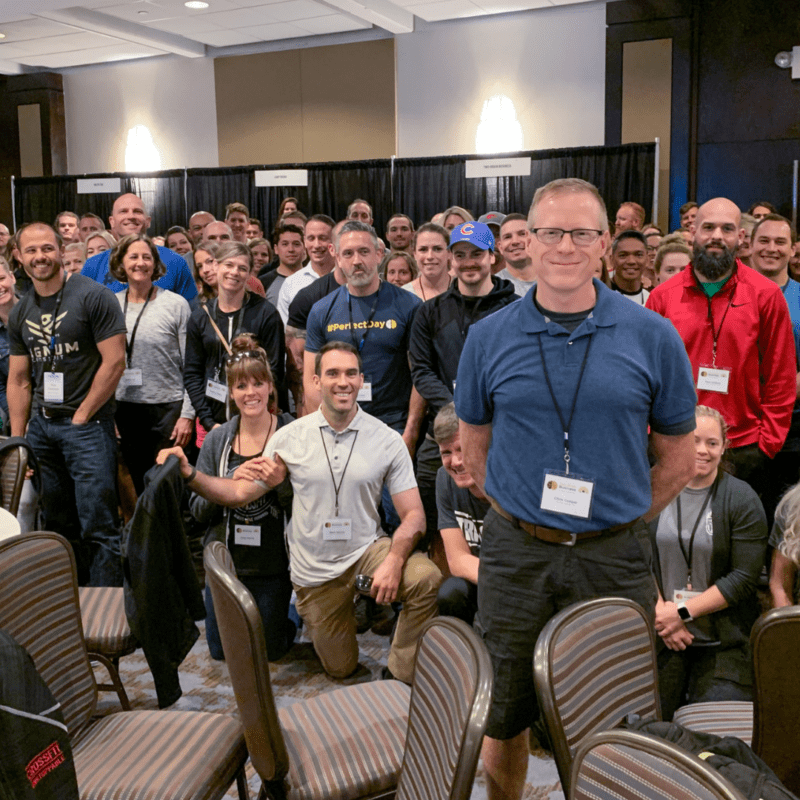When I was a personal trainer, I worked with a lot of financial planners and wealth managers. Our first “gym” was in the financial district in town–three banks and a couple of financial offices. I didn’t get much free advice, but I heard a LOT of gloom and doom. In 2007, as the stock market was on the brink of disaster, we were all still blissfully unaware. But I remember one of my clients telling me: “You’re selling a luxury, buddy. If the steel mill goes down in this town, you’re done.” Another said: “You should be paying close attention to the market, because when people start losing money, you’ll be the first thing they cut.” Obviously, they were wrong: my stock portfolio–basically, my shares in OTHER people’s companies–took a vicious beating in 2008. But Catalyst started to grow. I’ll share the reason WHY in one moment. First, though, a quick definition: antifragility. Nassim Taleb’s book, Antifragile: Things That Gain From Disorder is a fantastic lesson on building a resilient business. The key takeaway for the service industry: hold tightly to your values but loosely to their delivery. In other words, be plastic: change the service, not the price; and recruit clients who are also immune to market forces. In a stock market crisis, who is least affected? Government workers, like teachers (in Canada, at least, they can’t be downsized) Entrepreneurs with the same anti fragile policies Financial planners (ironically, with fixed fees, they’re among the safest; they make their 3% even if you lose money) Doctors, lawyers and professionals. Kids Cab drivers In other words, generalists. Who is MOST affected? Middle managers Salaried workers in collapsable positions (including steelworkers, unfortunately) In other words, skilled specialists. The market DID collapse in 2008, of course. And our city’s major industries–pulp, paper and steel–took a massive beating. One of the ...
Read More →
